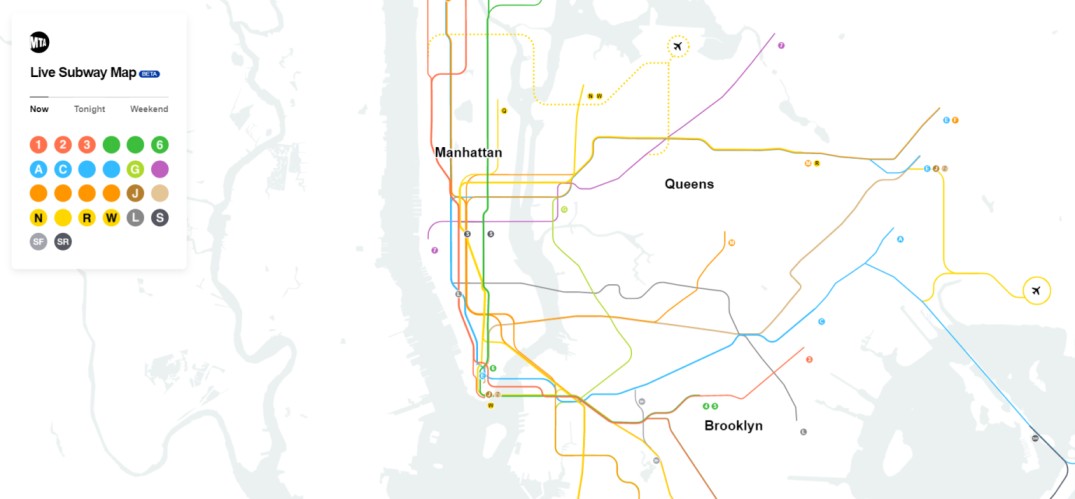When will you use the tear-off menu?
Tear-off menus enable direct access to often-used commands, removing the need to traverse the menu hierarchy each time. Users can move the detached menu on the screen, and it stays open until closed or reattached.
Benefits of tear-off menu
- Improved Efficiency: Users can access frequently used commands faster, without navigating through the entire menu structure each time.
- Personalization: Users can customize their workspace by placing the torn-off menus in their preferred locations.
- Convenience: Tear-off menus stay visible and accessible, reducing the need to recall and find specific commands.
- Multitasking: Users can have several tear-off menus open simultaneously, enabling easier multitasking.
- Streamlined Workflow: By reducing the time and effort to access commonly used commands, users can focus more on their primary tasks.
How to create tear-off menu
Creating a tear-off menu involves a few general steps, although the specific implementation can vary depending on the programming language or GUI (Graphical User Interface) toolkit you’re using:
- Identify the Submenu: Determine which submenu or menu would benefit from being a tear-off menu. This is typically a menu that users access frequently.
- Enable Tear-Off: In your GUI toolkit or language, find the option to enable a tear-off feature for this menu. This might be a property or setting you can adjust when creating the menu.
- Populate the Menu: Add the commands or options to the menu as you normally would. This could involve defining the command’s function and appearance.
- Test the Menu: After implementing the tear-off feature, ensure to test the menu in your application. Check that the menu can be torn off and reattached smoothly, and that it functions correctly when torn off.
- User Feedback: After deployment, gather user feedback to understand if the tear-off menu improves the user experience. If not, you may need to adjust which menus are tear-off, or how they behave.
FAQ
In Python’s Tkinter, “tearoff” is an attribute for menus. If set to 1, it allows a menu to be detached into a separate window. If “tearoff” is set to 0, this functionality is disabled, preventing the menu from being torn off.





